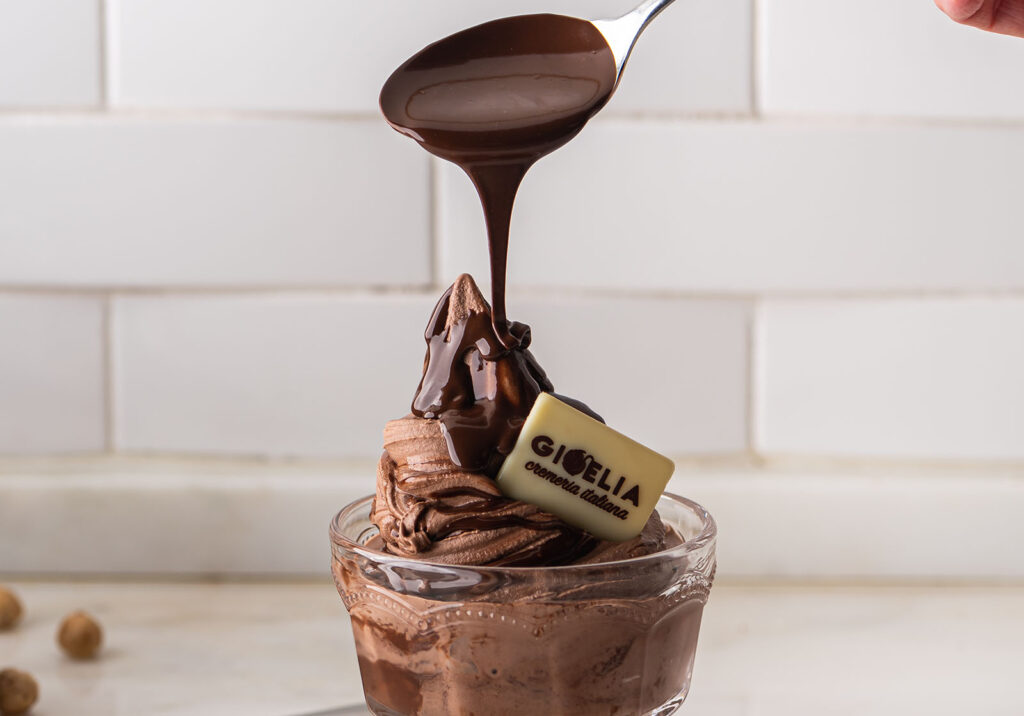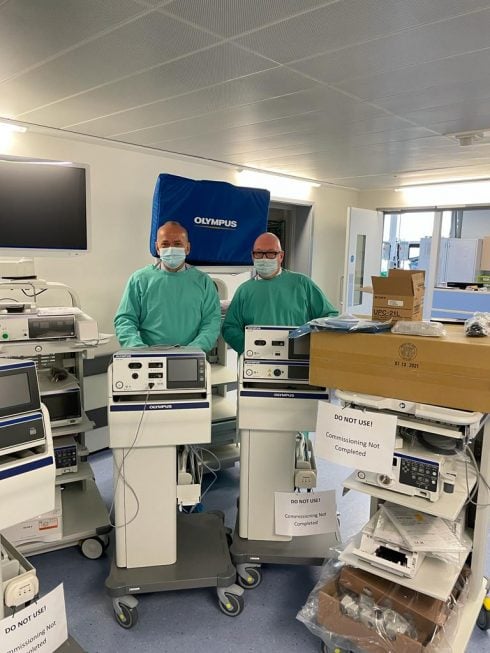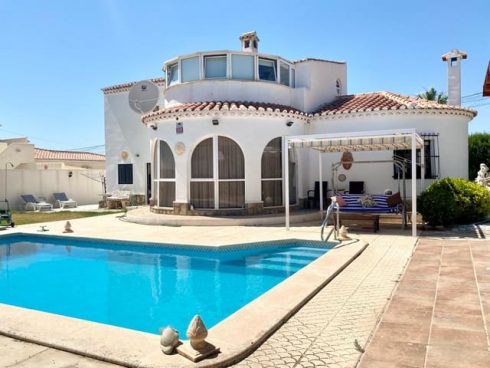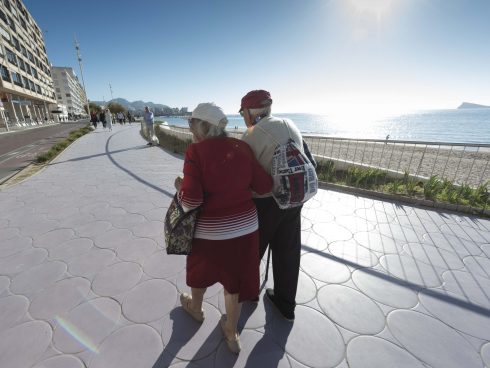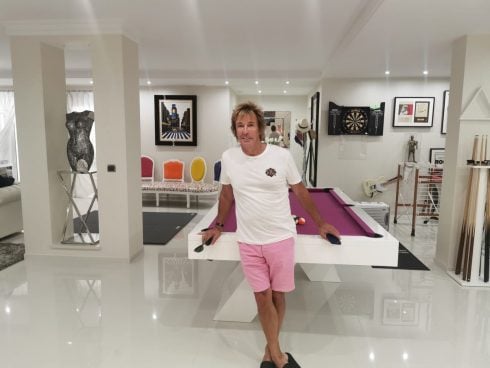WITH temperatures and temperaments running high it’s time for ice cream. Having licked my way through several hundred gelati during my 1990’s stint in Florence I´m always on the look out for delicious artisanal balls of flavour.
One person who took the equivalent of coals to Newcastle in the ice cream world was an ambitious Romanian entrepreneur, Alexandru Sautner who, whilst sourcing top quality raw material in Italy, bravely decided to extend a chain of ice cream parlours there.
Today, Sautner´s Gioielia ice cream empire has over 40 branches spread all over Italy, several in his native Romania and no fewer than 14 in Spain such as Barcelona, Alicante, Marbella, Madrid, San Pedro, Estepona, Fuengirola, Seville and soon to open: Cadiz.
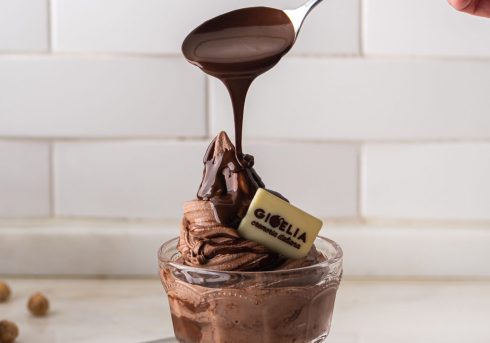
At this rate Sautner will be expanding faster than you can say Mercadona.
According to Giangausto Pellegrinetti, Head of Gioelia Spain, the creamier flavours and Pistachio are more popular on the coastal areas, whereas in Madrid the best-sellers are Vanilla, Chocolate, Hazelnut and the fruit sorbets
.
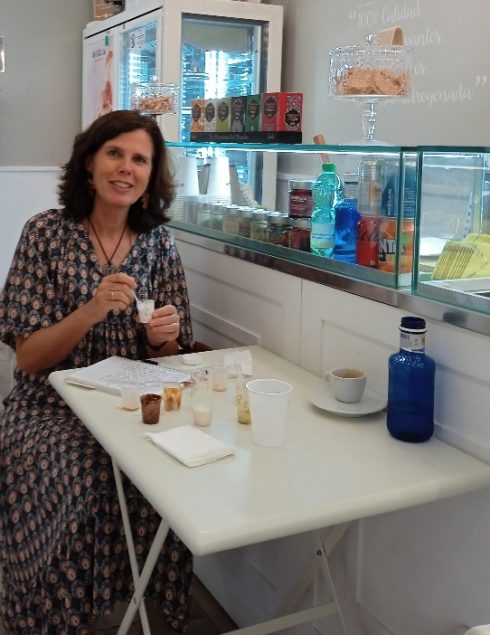
With promises of ice cream free from artificial flavours or hydrogenated fats, I set off to taste some for myself.
Manager of the Madrid branch, Vicente Sans introduces me to his sister, María Manuela the ice cream chef and before I can say ‘Cornetto’ I’m surrounded by dainty spoonfuls of a refreshing rainbow of frozen treats.
The Leche Merengada has an interesting touch of lime to offset the sweetness of the meringue, whilst the popular Blood Grapefruit flavour hits the right note between citrus and sugar.
I can see why the Cremino range are so popular in Andalucía and the Mediterranean coast as the creamy texture lures you in with intense flavours and original additions such as pieces of white chocolate or dried coconut.
One of my favourites was the white chocolate Cremino with layers of toasted pistachio on top. There are also dairy-free varieties and the 100% Arabica coffee flavour would make for an intense finale to any meal.
It is clear to me that Romanian gastronomy has moved up a notch or two since my extensive visit to this fascinating land of bears and vampires in 2005.
Most of the food on the menu was crap, quite literally as crap means carp in Romanian. Fortunately we acquired a kilo of very tasty soft cheese stored in a sheep´s bladder from some very generous shepherds in the Carpathian Mountains where we had been bear-tracking.
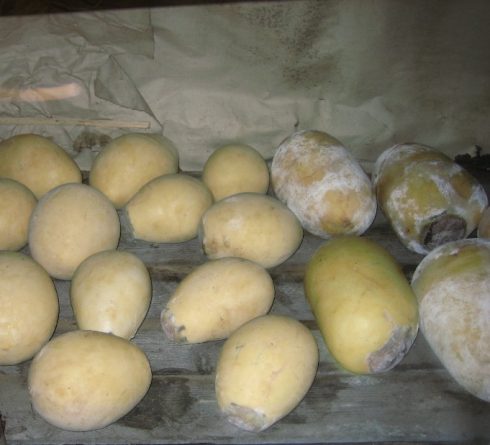
We had arranged to meet Dan Marin, one of Romania´s eminent bear experts on the edge of a town that had seen better days and as we parked up next to a disused ammunition factory we debated what Dan might look like.
My husband, proffered that the similarity between dogs and their owners would also apply to bears. Just as I was about to disagree we got the fright of our life as a big burly bearded man, with enormous tufts of dark brown hair poking up over his shirt collar tapped on our window. He was rather bemused to see our faces turn swiftly from stark fright to a fit of puerile giggles.
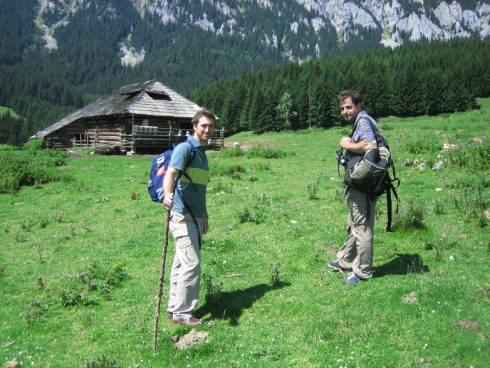
Anyway, Dan was a fascinating gentle giant of a man who became an expert on bears after working for 16 years in the local factory and he gave us a full briefing on the “transhumancia” custom of driving the sheep up to the higher pastures in the summer, as is still practised in Spain, after which he suddenly turned very serious and pulled me aside when he realised my husband was speaking to me in Spanish.
He cautiously asked if we had come to look at the bears or to shoot them. I found the question rather puzzling until he clarified that the only other Spaniards he´d guided prior to us were more interested in ursine blood-sports than taking cuddly photos.
Unfortunately the bears eluded us yet the daily hikes through flower-strewn meadows and nightly lashings of Dan´s plum brandy lifted our spirits and on we went with our travels.
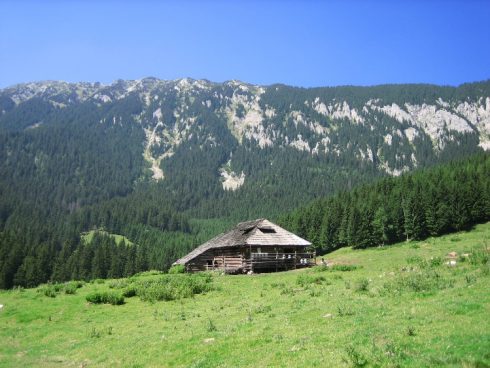
As the weather was unseasonably cold for August, (a mere 11 degrees at times), we stored the bulging bladder in boot of the car and survived off cheese sandwiches as we meandered round 9 Unesco-protected sites (thanks in part to Prince Charles´ efforts as he has a house in Transylvania) and 18th century wooden spired churches in Maramures or 500-year old Byzantine painted monasteries.
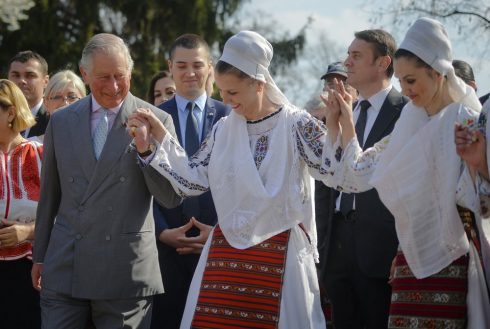
Unfortunately, after a few days the weather warmed up and the cheese started to develop the pongy legs of a mature Torta de Casar. However, as most of the supermarket shelves were devoid of anything fresh other than funky fuchsia salami we ploughed on with our rural road trip spreading the stinky goo on crusty bread nonetheless.
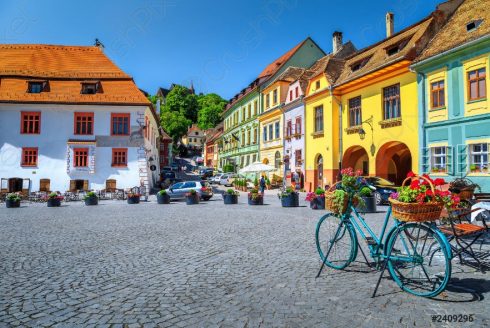
I can heartily recommend a visit to Romania if you want a tourist-free sample of Saxon villages, Hungarian churches and even some Lamb haggis. There are direct flights on many low-cost airlines from regional Spanish coastal airports to Bucharest. However, when it came to signing various disclaimers for the hire car I was slightly dismayed to see that driving at night was strictly forbidden.
On querying this clause I was informed that it was for our own safety as the roads were potholed and most people were travelling in unlit horse-driven carts. Unfortunately no amount of Carpathian carrots enhanced our night vision and the persistent nocturnal hazards reminded me of driving in Teruel where the ibix goats bound into your bumper out of nowhere.
Whether you´re in Bucharest or Barcelona I hope you manage to find some iced relief from those vampiric mosquitos out in force this month.
READ ALSO:
- Expanding horizons: Musings from Suze on life in Spain
- Calorie counting: The difference between the UK and Spain
Click here to read more Expanding Horizons News from The Olive Press.

